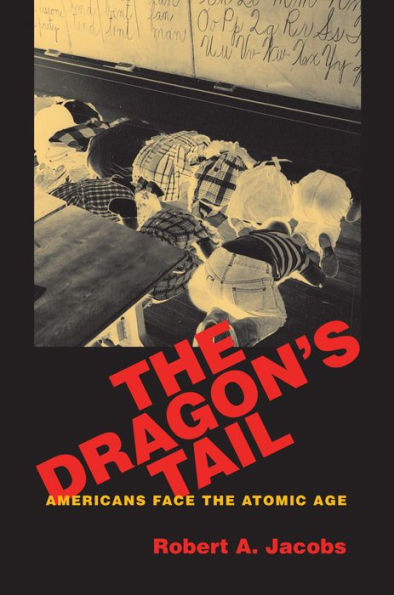5
1
9781558497276


The Dragon's Tail: Americans Face the Atomic Age available in Paperback

The Dragon's Tail: Americans Face the Atomic Age
- ISBN-10:
- 1558497277
- ISBN-13:
- 9781558497276
- Pub. Date:
- 02/12/2010
- Publisher:
- University of Massachusetts Press
- ISBN-10:
- 1558497277
- ISBN-13:
- 9781558497276
- Pub. Date:
- 02/12/2010
- Publisher:
- University of Massachusetts Press

The Dragon's Tail: Americans Face the Atomic Age
$25.95
$25.95
This item is available online through Marketplace sellers.
$12.03
This item is available online through Marketplace sellers.
25.95
Out Of Stock

Product Details
| ISBN-13: | 9781558497276 |
|---|---|
| Publisher: | University of Massachusetts Press |
| Publication date: | 02/12/2010 |
| Series: | Culture and Politics in the Cold War and Beyond |
| Edition description: | First Edition |
| Pages: | 168 |
| Product dimensions: | 5.90(w) x 8.90(h) x 0.70(d) |
| Age Range: | 18 Years |
About the Author
What People are Saying About This
From the B&N Reads Blog

